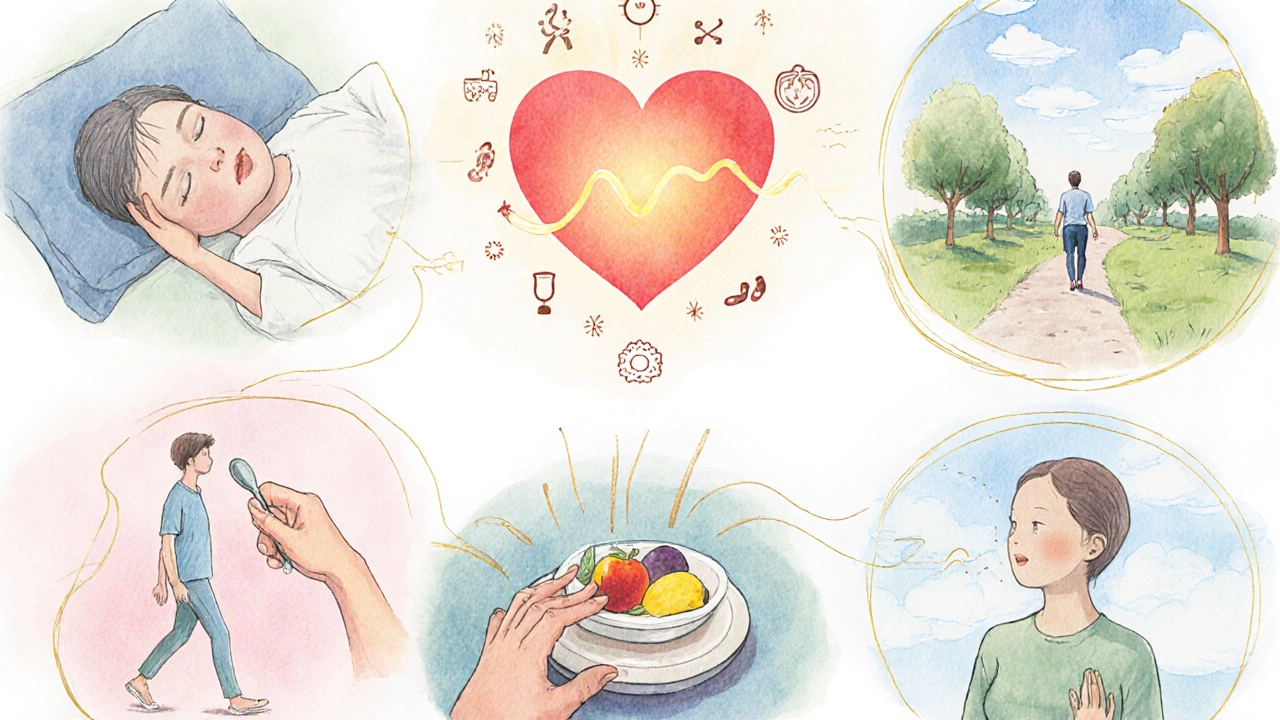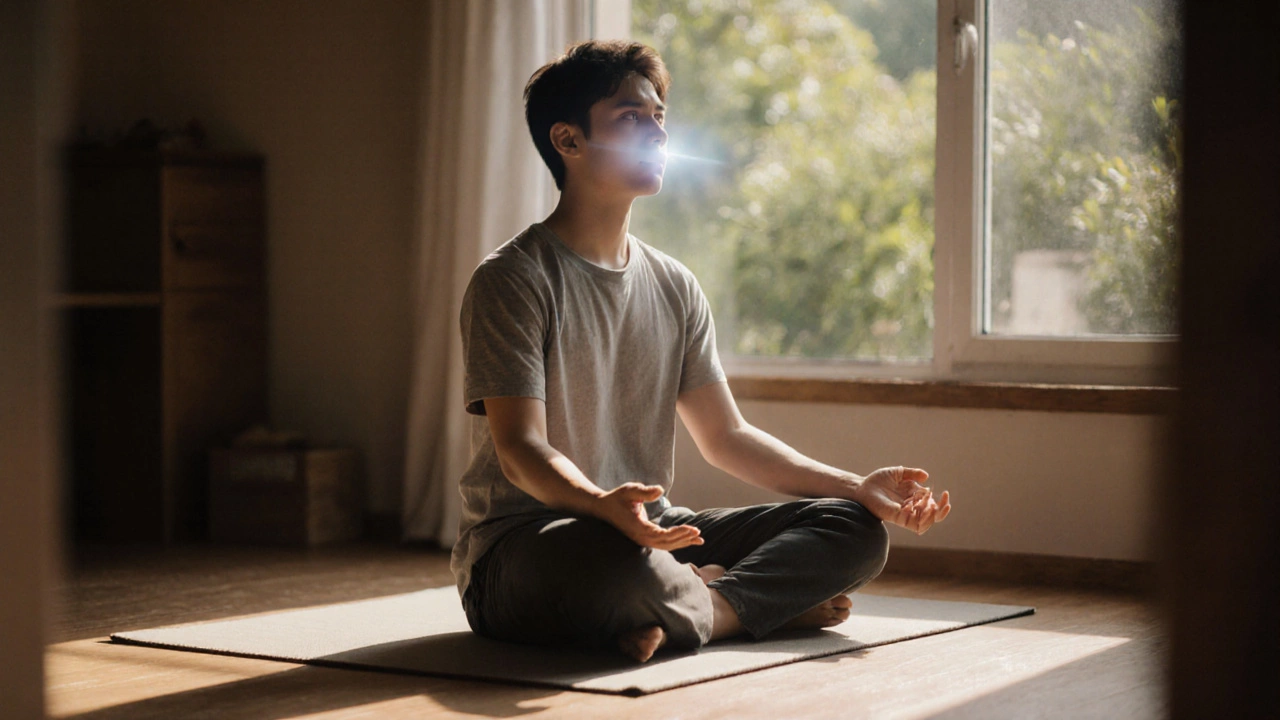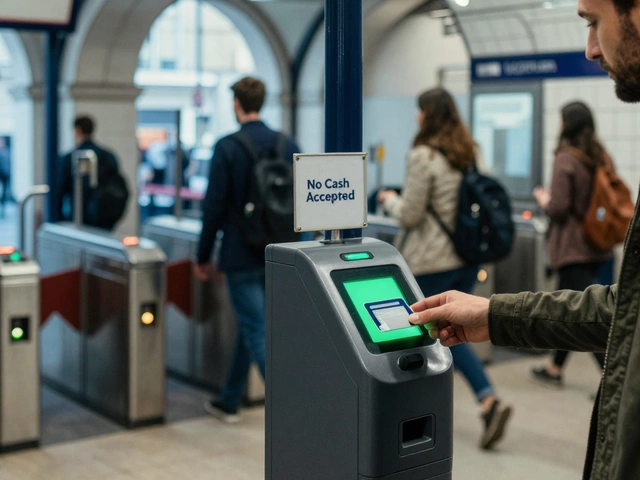Mindfulness Practice Recommender
Find Your Perfect Practice
Answer a few questions to get a personalized recommendation for your mindfulness practice
Your Personalized Practice
When people talk about mindfulness practices are simple, present‑moment techniques that help you notice thoughts, feelings, and sensations without judgment, they’re often looking for ways to cut stress, sharpen focus, and feel more balanced.
What is Mindfulness?
Mindfulness is the awareness that arises when you pay attention to your experience on purpose, in the present moment, and without trying to change it. It originates from ancient Buddhist meditation, but modern psychology has stripped away the religious trappings and kept the core skill: paying attention.
Core Principles Behind Every Practice
- Intention - you decide to show up for yourself.
- Attention - you direct your focus to a chosen anchor (breath, body, sound).
- Attitude - you meet whatever shows up with curiosity and kindness.
These three pillars keep even the shortest exercises effective.
Common Mindfulness Practices
Below are the most popular techniques you’ll encounter in apps, books, and classes. Each one can be tweaked to fit a busy schedule.
-
Breath awareness is the practice of gently following each inhale and exhale, noting the rise and fall of the belly or the sensation at the nostrils. Start with three breaths, then expand to 5‑10 minutes.
-
Body Scan is a progressive relaxation where you sweep attention from the tips of the toes up to the crown of the head, noticing tension and releasing it. Ideal before sleep.
-
Loving‑kindness (Metta) is a heart‑centered meditation that cultivates feelings of goodwill toward yourself and others by silently repeating phrases like ‘May I be happy, may you be safe’. Great for easing interpersonal stress.
-
Walking meditation is the act of moving slowly while paying close attention to each footlift, heel‑strike, and the sensations in the legs. Perfect for a quick break at the office.
-
Mindful eating is bringing full attention to the taste, texture, and aroma of food, and noticing hunger‑fullness cues without distraction. Helps with portion control.
-
Yoga‑based mindfulness is a flow of gentle poses paired with breath awareness, turning movement into a moving meditation. Often taught in beginner yoga studios.
-
Guided visualization is listening to a calm voice that walks you through a peaceful scene, engaging all senses to anchor attention. Useful for anxiety before a presentation.

Benefits Backed by Research
Scientists have measured concrete changes after regular mindfulness practices. Here are the most reproducible outcomes:
- Stress reduction is the most cited benefit, with studies showing up to a 30% drop in cortisol levels after an 8‑week program.
- Improved attention is measured by faster reaction times and higher scores on the Stroop test after consistent meditation.
- Emotional regulation is enhanced by increased activity in the prefrontal cortex, helping you respond rather than react.
- Neuroplasticity is the brain’s ability to rewire itself; MRI scans reveal thicker gray matter in regions linked to self‑awareness after 3 months of practice.
- Better sleep quality is reported by 60% of participants who practiced a body scan before bed for just 10 minutes.
How to Build a Daily Routine
Starting small prevents overwhelm and makes habit formation easier. Follow these three steps:
- Pick a consistent time - morning right after you brush teeth or evening before screen‑off.
- Select a anchor - breath, body, or sound. Keep it simple for the first week.
- Set a timer - begin with 3‑5 minutes. Gradually add a minute each week until you reach 15‑20 minutes.
Track your progress in a journal. Note the time, practice, and any noticeable changes in mood or focus. After two weeks, experiment with a new technique from the list above.

Common Pitfalls and Pro Tips
- Waiting for a “blank mind” - Thoughts will appear; the goal is to notice them and let them pass.
- Skipping days - consistency beats length. Even 1 minute counts.
- Choosing a noisy environment - Find a quiet corner or use soft ambient music.
- Being too hard on yourself - Treat each session like a workout; some days are harder, but you still showed up.
Resources and Tools to Keep You Going
If you prefer guided support, these platforms have free libraries:
- Headspace offers bite‑size meditations ranging from 3 to 10 minutes, plus a “mindful eating” series.
- Insight Timer provides a massive catalog of user‑generated sessions, including walking meditations and body scans.
- Book: The Miracle of Mindfulness by Thich Nhat Hanh - a classic that blends stories with practical exercises.
| Practice | Typical Duration | Main Benefit |
|---|---|---|
| Breath awareness | 3‑10 min | Calms nervous system |
| Body Scan | 10‑20 min | Reduces muscular tension |
| Loving‑kindness | 5‑15 min | Boosts compassion |
| Walking meditation | 5‑15 min | Improves focus during movement |
| Mindful eating | 5‑10 min per meal | Supports healthy digestion |
| Yoga‑based mindfulness | 15‑30 min | Combines flexibility with awareness |
| Guided visualization | 5‑20 min | Alleviates anxiety |
Frequently Asked Questions
How often should I practice mindfulness?
Aim for a daily session, even if it’s just 3‑5 minutes. Consistency builds the neural pathways that make the practice feel natural.
Can I do mindfulness without sitting?
Absolutely. Walking meditation, mindful dishwashing, or gentle yoga are all valid ways to stay present while moving.
Do I need special equipment?
Nope. A quiet space, a comfortable seat or mat, and perhaps a timer are enough. Many apps provide ambient sounds if you prefer.
Is mindfulness the same as meditation?
Meditation is a formal, often seated practice that can include mindfulness. Mindfulness, however, is a skill you can apply in any activity-eating, driving, or listening.
What age can start practicing mindfulness?
Children as young as five can benefit from short, playful versions, like “listening to your breath like a balloon” or “feeling the ground with their feet.”










